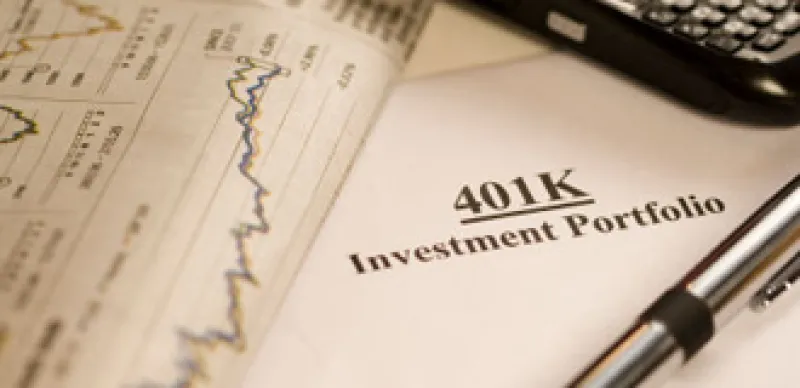Target-date funds were supposed to make it simple to save for retirement by providing both diversification and an age-appropriate asset allocation in a single pot, based on the year the investor hoped to retire. Accordingly, participants would pour all their 401(k) dollars into one year-dated fund.
Yet more than half of target-date investors break the rules, using the funds just like any other asset class. And that may not be a bad thing. “The risk is that you’re defeating the purpose of the portfolio,” points out Diane Gallagher, head of product marketing for J.P. Morgan Retirement Plan Services. But that strategy could be work “for a more sophisticated, savvy investor,” she adds, “if they’re going to stay on top of monitoring.”
Certainly, more and more participants in recent years have been following the formula and putting all their eggs into a single target-date basket. That’s largely because their companies have increasingly been using these funds as the default option for automatic enrollment. “Whatever a participant enrolls in when they first come into the plan is pretty much where they stay,” Gallagher says.
Still, 58 percent of target-investors divide their holdings, according to Aon Hewitt. On average, they keep 56 percent of their 401(k) portfolio in target-date funds, with the rest mainly in company stock, large-cap U.S. equity, and stable value. Why? One reason is to look at the target-date fund and the entire 401(k) as part of a broader financial picture, which could also include a defined benefit pension, an individual retirement account, other savings, and a spouse’s holdings. For instance, since a traditional pension acts somewhat like fixed income, putting all of the 401(k) into an age-appropriate target-date fund might give a person too much of a fixed-income tilt. So the investor could shift some 401(k) assets toward equities.
Another common strategy is to split the dollars equally between two target-date funds that are 10 years apart, if the investor expects to retire somewhere between the two dates. “It would be a very logical explanation, to hedge on timing,” says Marina Edwards, a senior retirement consultant at Towers Watson.
However, if the plan offers funds at five-year increments, Edwards says the employee really should choose just one. If the person later delays or speeds up retirement, the assets can always be transferred.
Pamela Hess, Aon Hewitt’s director of retirement research, suggests that older employees in particular may not fit into the single target-date formula. “When you’re young, you’re a lot more like the average,” including the average investor for whom he target-date fund is planned, she says. “When you’re older, you have much more distinct needs. One-size-fits-all may not work for you.”
A report published in February by the Center for Financial Security at Boston College cites a few more reasons, including a desire to “dial up” the risk and “to customize the portfolio.”
Unfortunately, some people don’t apply any such sophisticated analysis to their decisions. “We have seen some participants,” Edwards sighs, “who will put a 10 percent allocation to each of the 10 target-date funds offered, thinking they’re getting diversification.”
Fran Hawthorne is the author of the award-winning “Pension Dumping: The Reasons, the Wreckage, the Stakes for Wall Street” (Bloomberg Press) and “Inside the FDA: The Business and Politics behind the Drugs We Take and the Food We Eat” (John Wiley & Sons). She writes regularly about finance, health care, and business ethics.






